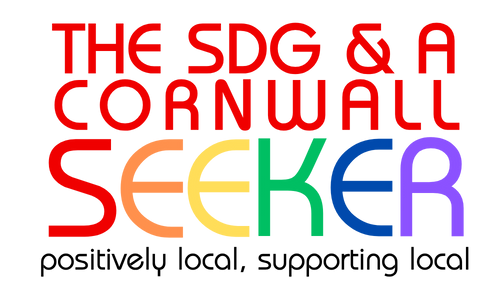How Digital World Changes the Way of Education
Technology has changed the face of many industries, and education is no exception. The digital world has drastically impacted education and changed the way children learn in a span of a decade. From laptop or tablet inclusion in the classroom all the way to educational digital tools or apps that educators can use, technology has created room for integration and interactive learning platforms in a way that advanced the concept of getting quality education.
The Rise of Digital Education
A survey conducted by the University of Phoenix has shown that around 63% of educators from K-12 use technology in the classroom daily, while 58% of teachers use educational apps and digital platforms to help facilitate grading or their students’ learning process. With these numbers, it’s clearly obvious how popular digital education has become and how convenient it is. The more schools and educators allow for digital education, the more the learning process advances and moves forward year by year.
Making Education More Accessible
Everyone knows how hard it is these days to get proper education, with prices skyrocketing and high competition. Luckily, one of the biggest advantages of technology integration is how it has made education easily accessible to students all over the world. In the olden days, education would stop only in the classroom and would be limited to books only. If anyone needed to research or access knowledge and information, they would head out to the local neighborhood library or their institute’s library. However, the learning process doesn’t need to stop at the classroom anymore; it can be accessed anywhere through your smartphone, tablet, or laptop and anytime, thanks to the numerous websites, platforms, digital courses, e-books, and many other digital tools with so much knowledge to spare.
Personalizing Lesson Plans
The fact that an insurmountable amount of knowledge is easily accessible online, this helps educators find the material and resources they need to help expand the minds of this world’s future leaders. Teachers and educators now have the ability to personalize any lesson plans, projects, or class instructions to fit their students’ needs and to abide by the curriculum. It has also allowed for real-life integration as well as making connections to what the students are learning and what they go through daily. Individualized lesson plans can also be tailored as well as utilizing certain digital tools to give individual feedback to all students; they can follow up with their grades and progress online and check their yearly reports.
Encouraging Guided Learning
With an increase in accessing education online, the world has become a hub of collaboration as we know it. Students all over the globe can access teachers anywhere and anytime on numerous educational platforms. A sense of collaboration and peer-to-peer learning are also great opportunities that are available for students; this enhances their thinking, diversity and broadens their minds as it paves the way for new methods and techniques. Help can also be accessed in the form of assignment guidance; MyPaperHelpers.net is one platform that has available peer coaches or instructors that can guide students through difficult or urgent tasks, especially if it’s math or calculus. Getting help with your homework, papers, or assignments is one way students are able to get their work done on time.
Establishing Interactive Learning Techniques
One of the biggest improvements that the digital world has changed education is how it created room for interaction and visualization during the learning process. Involving the students in their learning process makes them feel in control of the information they’re receiving. Using visuals like graphs, maps, interactive images, and videos enhance the learning process because it speaks to all kinds of learners, especially the visual ones. Using SMART Technologies like Smart Boards has proven to enhance the learning process, especially with younger children. Using Virtual Reality or Augmented Reality by applying digital simulations during a lesson can also improve a student’s learning process; it allows them to explore new concepts visually, keeps them engaged, introduces practical training, and fosters curiosity and collaboration.
The digital world plays a crucial role in enhancing and transforming education from the traditional to the innovative. Nowadays, many opportunities are available for students and educators all over the globe, facilitating the learning and teaching process as we know it. From interactive learning to easy access, there’s no denying what the future holds when it comes to the advancement of digital education. In spite of the increasing concern that it might reduce face-to-face contact with some people, it’s actually bringing the world together by sharing and spreading knowledge.





